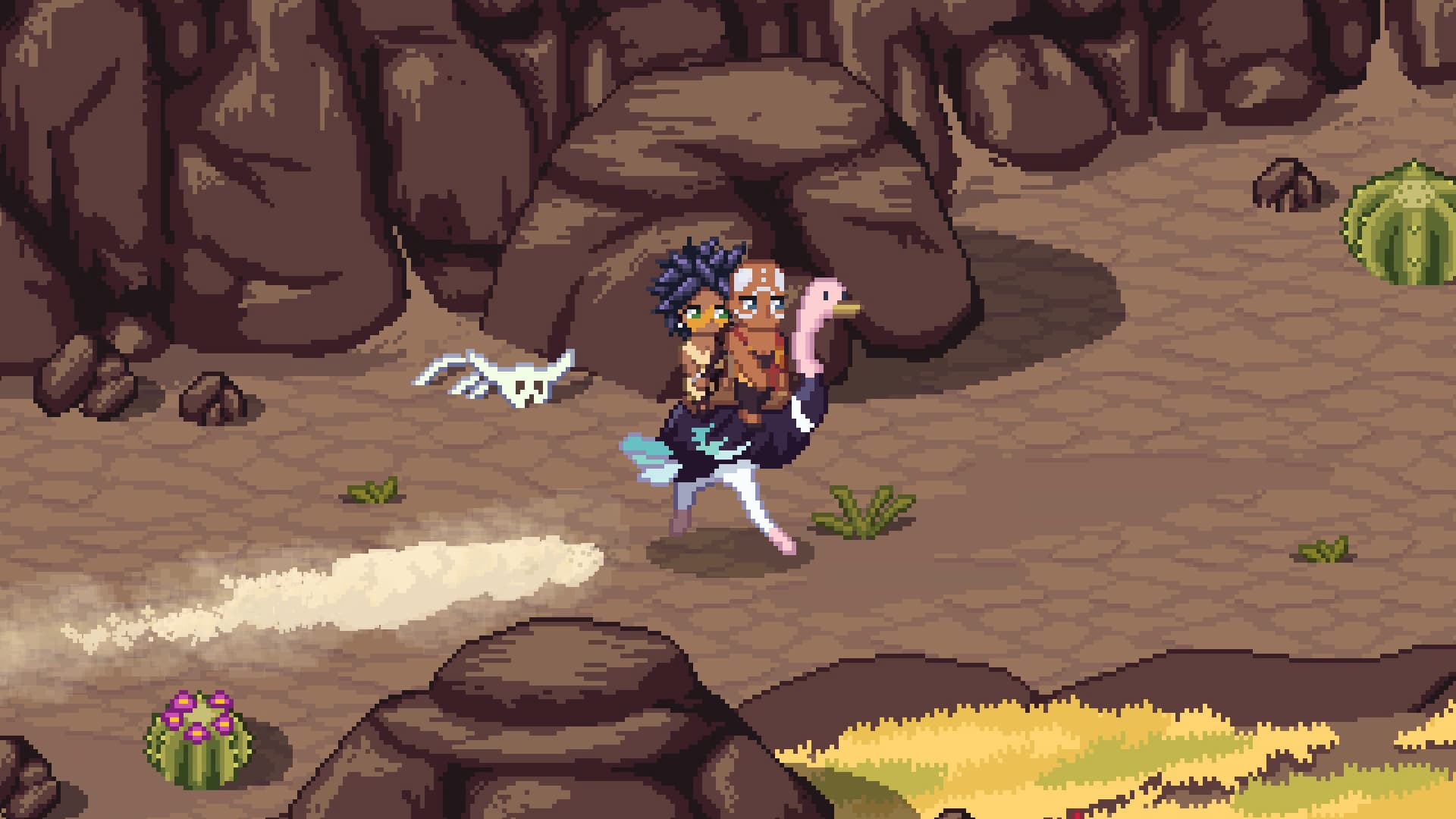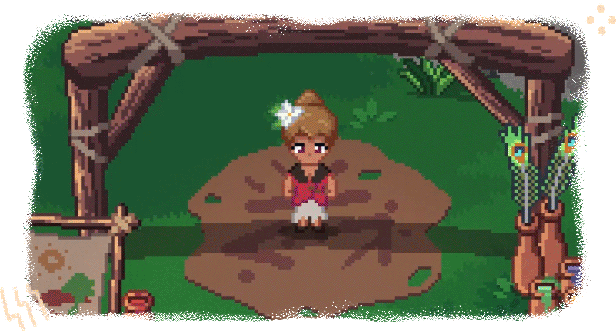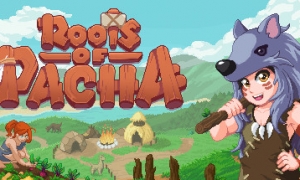

Theses rituals generally happen around puberty and the female's first menses. Initiation rituals are required for the youth of the Zaramo people to become full-fledged members of adult society. These historic events, states Stockreiter, have influenced the politics and inter-ethnic relations in 20th-century Tanzania. Conversion to Islam among the coastal Zaramo people began in the 19th century. Īccording to Elke Stockreiter – a professor of History specializing on Africa, the slaves seized from Zaramo people and other ethnic groups such as Yao, Makonde and Nyamwezi peoples from the mainland and brought to the coastal Tanzania region and Zanzibar sought social inclusion and attempted to reduce their treatment as inferiors by their slave owners by adopting and adapting to Islam in the 19th century. During the colonial era, the influence came from the encounter between the African people, Arab-Swahili trader intermediaries and the European powers, but it broadly coopted the older slave-driven, social stratification model. The Zaramo society's history has long been influenced by the coastal encounter between the Arab-Persian and African populations typical of East Africa, since the 8th century. Sometimes during famines, such as in the 19th-century rule of Barghash bin Said of Zanzibar, desperate Zaramo people pawned and sold each other to survive. Zanzibar Arabs, state William Worger, Nancy Clark and Edward Alpers, however pursued their slave raiding into the mainland, where they would seize pagan Zaramo adults and children, gag them so they would not cry out, and then sell them to the traders. Many ran away from the coast, and would return during the daytime to farm and fish. To resist this persecution, they developed stockade-fortified villages. The Zaramo society has been historically victimized by slave raids and slave trading by the Swahili-Arab traders of Zanzibar. The larger Zaramo group consists of Zaramo proper, but includes a number of related peoples such as the Kaguru, Kwere, Kutu, Kami, Sagara, Luguru, Ngulu and Vidunda peoples. The term, "Zaramo," in scholarly studies also reflects a macro-ethnic group. Kizaramo is still used in many Zaramo rituals, such as the mwali rites, though they often appear alongside Swahili translations. However, in contemporary Tanzania, only a few speak it, and most speak Swahili language as their first language, as it is the trading language of the East African coast and the national language of Tanzania. The original Zaramo language, sometimes called Kizaramo, is Bantu, belonging to the Niger-Congo family of languages. The war and its results were said to be the founding of the Zaramo. When the Shomvi could not meet his demands, they offered for him and his family to live with them on the coast, where they would receive an annual tribute instead.

When Pazi defeated the Kamba, he asked for salt, cloth, and other luxuries in return. The Shomvi sought help from the warrior, Pazi, who lived in the hinterlands. The Shomvi, a mercantile clan living in what is present-day Dar Es Salaam were attacked by an offshoot group of Kamba people from Kenya. 5.1 Formation of United Republic of Tanzania (Tanzanian Independence)īy oral tradition, the Zaramo are said to be descendants of the Shomvi people under the lead of the warrior-hero, Pazi in the early 19th century.4.3 Mwana Hiti Figures (in Regards to Mwali).Don't stop there! Design, place, and decorate your own unique home to return to after a hard day's work. When you're done working on your face, work on creating the most amazing farm around. Compete in fishing, have fun at festivals, and participate in milestone multiplayer cutscenes.Ĭustomize your character's appearance with the best cosmetics the stone age has to offer. Live together with friends and share your talents and resources to help the clan evolve.

The game was developed from scratch with multiplayer support in mind. Learn to process and preserve food (meat, vegetarian, and vegan options), begin metalworking, create beautiful pottery and art, unlock your clan's spirituality, and invent new buildings to expand your village any way you want. And when the time comes, find your true love.īegin your journey of discovery as you develop the tools and ideas that reshaped the primitive world. Participate in primitive festivals and rituals to Pacha, mother nature, and her elements. Grow your village by inviting people from other clans to live with you. Develop friendships and overcome hardships together. Explore the surrounding wilderness to find animals to befriend and domesticate fish the shallow and deep waters to see what lies in their depths and mine the darkest caves filled with mysteries and secret powers.Ī tight-knit community of people will ensure your village's survival, each with their own fears and dreams. Discover, gather, and farm vegetables and herbs.


 0 kommentar(er)
0 kommentar(er)
